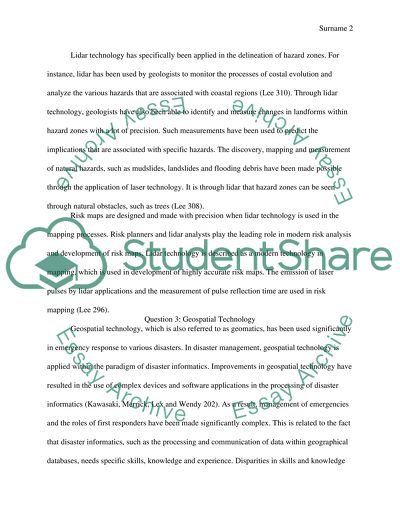Cite this document
(“Hazardous Geographical Environments Assignment Example | Topics and Well Written Essays - 1500 words”, n.d.)
Retrieved from https://studentshare.org/geography/1638193-hazardous-geographical-environments
Retrieved from https://studentshare.org/geography/1638193-hazardous-geographical-environments
(Hazardous Geographical Environments Assignment Example | Topics and Well Written Essays - 1500 Words)
https://studentshare.org/geography/1638193-hazardous-geographical-environments.
https://studentshare.org/geography/1638193-hazardous-geographical-environments.
“Hazardous Geographical Environments Assignment Example | Topics and Well Written Essays - 1500 Words”, n.d. https://studentshare.org/geography/1638193-hazardous-geographical-environments.


